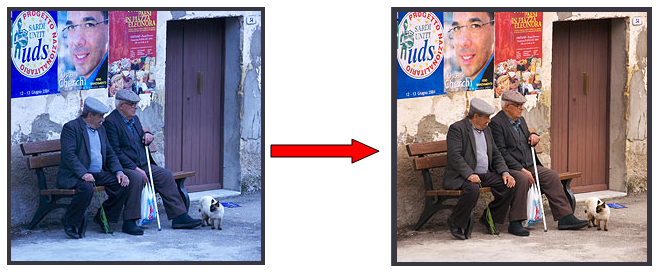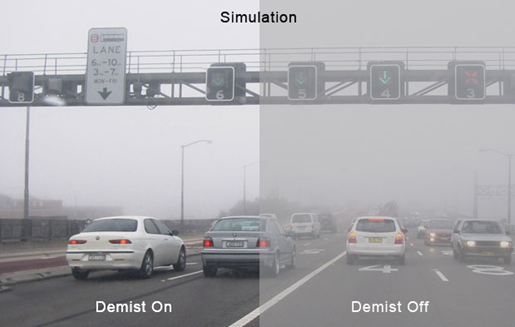Getting the Most Out of IP Cameras
Internet protocol cameras or IP cameras are becoming popular for personal and professional surveillance due to their flexibility, cost effectiveness, and convenient video management. However, the obvious function of a surveillance camera is to deliver high quality images. The problem arises with IP cameras losing their quality because the images are first digitized and then compressed. This article addresses how to deal with the different obstacles that hinder image quality present in IP cameras.
There are different solutions for different conditions when dealing with the image quality of IP cameras. The environment can affect image quality in cameras no matter how good they are. This is why it is important to set up your camera to adapt to the environment around you.
Environments Affecting Color and Clarity
Buildings, plants, cars, and other objects that are color rich in nature can affect the overall color accuracy of the picture. To solve this problem, incorporate auto-white-balance functions. White balance allows the IP camera to remove overpowering and unrealistic colors from affecting the image colors. Without it, environments can cause a picture to have a blue-tint to it. This is why “warm filters” in Photoshop are necessary to correct the color of the image.

Capturing picture in low light or at night can result in digital noise or grainy videos whether it’s due caused by slow shutter speeds or high sensitivity modes. Using cameras that are built in with DNR (Digital Noise Reduction) is a smart solution for grainy videos. It uses a digital comb filter that results in a clearer image.
Good cameras are perfect for perfect conditions; however, dealing with fog and rain can reduce image quality. If this is the case, utilize a demist function. This allows the camera to digitally sharpen the quality of the video.

Sunlight and Bright Light Interference
CMOS or Complementary Metal Oxide Semiconductor is light sensor. Its main goal is to hinder light in order for objects in the image to be more visible while taking away the vertical bleeding of light and smear. CMOS are more reliable then CCD sensors aside from the fact that they only demand one power source and offer better image quality in bright lights. They also operate on less power then CCD sensors. If productiveness in on the line, CCD sensors are not ideal with their slow digital image transformations.
Night or Low Light
One common problem with IP cameras is their inability to properly shoot in low light conditions. Color in low light can decrease visibility so it is reasonable to convert the image to black and white modes. However, black and white cameras can be sensitive and vulnerable to infrared light penetrating through. It is important to utilize infrared illuminators to light up the environment when there is a decrease or absence in ambient light. Using IR illumination also allows the camera to not be easily seen for security purposes. This solution is also energy efficient like the previous CMOS light sensor.
Sometimes shooting images from indoors to outdoors can create blurry images if one area is dark and another is bright. To solve this issue, set up the camera to WDR function (WideDynamicRange). A wide dynamic range is exactly what it sounds like. It improves the camera’s capability to operate in a wide range of different lighting conditions.




